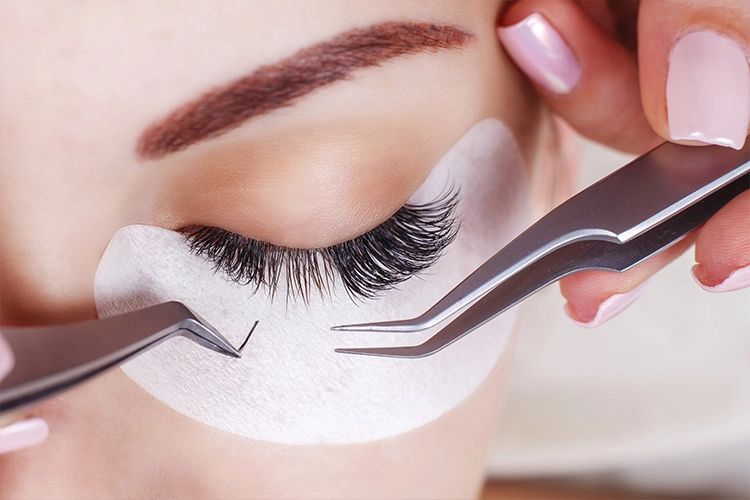- Kartaltepe Mahallesi İncirli Caddesi Limon Çiçeği Sokak No: 1 34145 Bakırköy İstanbul
- +90 541 548 52 47

Can Hair Loss Be Stopped With Stem Cell Therapy?
01/11/2022
How Do You Identify Botched Hair Transplantation?
02/11/2022We want our hair to be thick, our eyebrows to be bows, our eyelashes to be like arrows. When describing beauty, we start by describing these three of our most precious accessories. The existence of all three is valuable, their absence is a problem. We have made great strides in hair and eyebrow restoration. Many people have great confidence in the possibilities offered by the developing technology in hair and eyebrow transplantation. However, no matter how advanced the technology is in eyelash transplantation, we cannot feel the same peace of mind. We are not exactly wrong. Because eyelash transplantation is a very sensitive and critical issue. When it comes to our eye health, we need to think about it very well and take steps by evaluating the procedure with all its risks.
Why Do Eyelashes Shed?
Hair, eyebrows, eyelashes, beard, mustache, which have aesthetic meanings for us, can be shed temporarily or permanently due to many reasons. Hair loss is one of the most common common problems experienced by many. Shedding problems, including eyebrows and eyelashes; severe treatment such as chemotherapy or alopecia It may occur as a result of a disease that affects the immune system such as areata . Sometimes, as a result of accidents and traumas, permanent destructions and related permanent spill problems may occur in these areas. Eyelid inflammation, which is called blepharitis in the medical literature , can sometimes affect the bottom of the eyelashes and cause spills. In addition to these; stress, vitamin and mineral deficiencies, thyroid disease, faulty cosmetic products can cause our eyelashes, which are the ornaments of our eyes, to fall out. Eyelashes can be structurally short and sparse. Lack or absence of eyelashes is visually disturbing under all conditions.
Should Eyelash Transplantation Be the First Step for Shedding Lashes?
So, what should you do if you notice that your eyelashes are falling out, thinning out or you are not satisfied with their current appearance? Should your first option be eyelash transplantation? I would like to reiterate the issue that I have emphasized in my previous articles on the problem of hair loss. In such cases, your priority should always be to investigate the causes. If you notice noticeable shedding in your hair, eyebrows, beard or eyelashes, you should see a doctor and get the necessary treatments for the diseases that cause shedding before you go for any transplant procedure. The determining factor in the decision of eyelash transplantation is the level of shedding. For minimal problems, drug treatments should be tried first.
Eyelashes are a kind of protective shield for the eyes. Although it is important for them to look beautiful and attractive, I think eye health should be a priority. For thinning eyelashes, strengthening serum supplements, natural and vegetable oils that are not harmful to the eyes can be considered.
What Problems Can You Face in Eyelash Transplantation?
Just like hair transplantation, eyelash transplantation is performed by transplanting the hairs collected from the donor area to the recipient area. FUE technique is used in the application. However , it is not as risk-free as a hair transplant. In order to obtain natural visual results in hair transplantation, the direction in which the hairs are planted is very important. This rule also applies to eyelash transplantation. The hairs need to be planted in the right direction. However, this requirement is critical not only for natural appearance but also for eye health. The hair planted in the wrong direction can grow into the eye. The same risk applies to donor site selection. Pubic hair is generally preferred as the donor area in eyelash transplantation. Curly pubic hair is thought to be more suitable for eyelash transplantation. However, choosing pubic hair in eyelash transplantation, which is already a difficult and risky procedure, increases the risk even more. Because pubic hair, which has a thicker structure and tends to grow irregularly, can endanger eye health due to the risk of growing into the eye.




